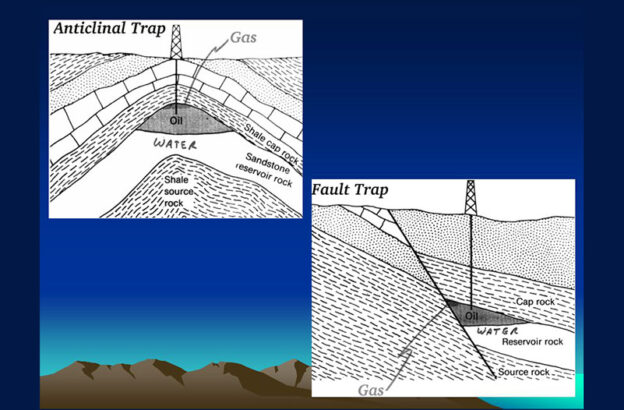Vulcanicity
This is the process through which molten rock materials ( liquids, solids and gases) from to the interior of the earth’s crust rise through cracks or fissures and later cool and solidify either within the earth’s crust or on to the earth’s surface.
The molten rocks that rise from the earth’s interior are refered to as magma.
Vulcanicity originates from radioactivity, geochemical and geophysical reactions within the earth’s interior which generates alot of heat of over 4500°c. This makes the rocks of the mantle to melt into a molten state transforming them from a solid state to a more plastic form.
The pressure within the earth’s interior is generated by the weight exerted by the overlying rocks while the heat is as a result of continuous decay of radioactive elements such as uranium generating heat that melts the rocks of the mantle.
With continued heat and pressure , the molten rocks become mobile and are forced to move both vertically and horizontally generating convective currents in the mantle.
Tectonic processes such as faulting and other plate movements at the plate boundaries allow these materials or force the materials through lines of weaknesses into the crust or on to the surface of the earth where they cool, crystalize and solidify to form several features.
The materials are poured with an explosive sound .it is caused by rapid expansion of gases such as sulphurdoixide due to low pressure and reactions with atmospheric gasses such as oxygen and carbon dioxide.
When magma pours on to the earth’s surface, it loses its gases and now it is called lava.the lava may vary in terms of silca of over 66% forming acidic lava or the magma may later cool and solidify within the earth’s crust forming intrussive features.
Types of volcanic materials
Acidic volcanic materials (lava)
This is the type of lava which comprises of high portions of silca of 68% and above.
The acidic lava is normally light colored and with low density.
– This type of lava has a high melting point, very viscous (thick) and immobile.
– Acidic lava solidifies quickly and of extremely hot temperatures because of it’s immobility.
– It’s associated with violent or explosive eruptions.
– It results into formation of stiff and dome shaped features or landforms.
Intermediate lava.
This is the type of lava which contains average portions of silca of between 52- 60% .sush lava is relatively viscous is capable of flowing for a relative distance before it solidifies to form features of a moderate size such as a shield volcano.
Basic lava.
This is the type of lava which contains very low portions of silca of between 45- 52%.
-This type of lava is rich in minerals like iron and magnesium
– This type of lava is very fluid and therefore very mobile.
– Basic lava is dark due to a high content of iron and magnesium and when it erupts, it flows quickly and it’s capable of flowing for along distance before solidifying.
– Once the basic lava solidifies, it produces relatively flat features which cover a wide area on the earth’s surface like a lava plateau.
The gaseous components.
During eruption, different gases are emitted which include carbon dioxide, nitrogen, sulphur etc.These gases generate great pressure and heat with in the lava thier presence affects the nature of the eruption, lava flow, shape and the type of volcanic land form formed when lava finally solidifies.
Solid materials
The solid materials are ejected during a series of eruptions.These materials are fragments of the country rocks they are fragments of solidified lava materials such as ashes , dust etc
These materials are ejected during a violent eruption and are associated with several volcanic features such as ash and cinder cones, composite volcanoes etc.

